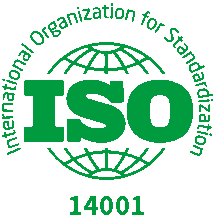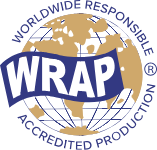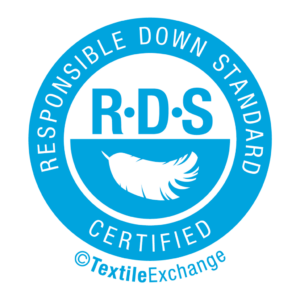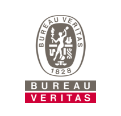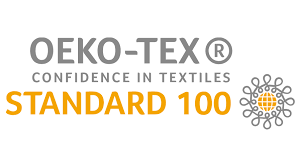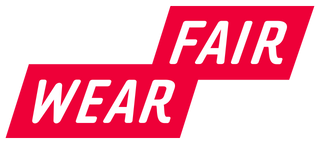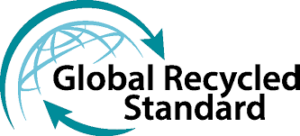WE PUT THE PLANET FIRST AND YOUR COMPETITION BEHIND.
WHERE ECO-FRIENDLY PROGRESSIVE TAILORING MEETS ADVANCED SPORTSWEAR.
We provide an integrated, end-to-end solution for Apparel Companies seeking to transition into Sustainable Technical Garment Manufacturing.
Manufacturing a Sustainable Future- Converting brands to Sustainable Garment Manufacturing.
Since our Inception in 1997, our focus has been on Revolutionizing the design and construction of garments. With our Expertise in the creation of Performance Engineered Designs, we have worked with some of the most recognized Brands in the world.
We create ECO-FRIENDLY & SUSTAINABLE Materials and Garments from Functional to Fashion-Focused.
SEW FREE CONSTRUCTION
Revolutionizing the design and construction of garments by replacing conventional stitching, bonding materials from the lightest fabrics to the hardest materials.
Sewfree InoVATION goes beyond bonding to provide garments with customizable performance options - maximizing comfort and feel, enhancing aesthetic, streamlining production, replacing bulky elastics, and creating construction possibilities that are low-profile, lightweight, and durable.
SLEEKER LINES, SOFTER CORNERS, STRONGER SEAMS.


ULTRA SONIC WELDING
Ultrasonic Welding is a construction technique that utilizes high-frequency ultrasonic acoustic vibrations to create a solid-state weld between two pieces of fabric.
With traditional sewing machines, the needle punctures holes into the fabric, weakening its structure while the overlap of fabrics at the joint creates thick seams that are bulky, this can restrict movement, is wasteful and adds weight to the garment.
Ultrasonic Welding involves no excess fabric, making it as light as physically possible.
ECO-QUILTING & ECO DOWN FILL
Almost every winter garment has certain components such as an outer layer and a insulating fill.
Outer layers are typically made from several combinations of tightly-woven materials, which allows water vapor to pass out into the atmosphere while blocking outside moisture from getting in.
Winter gear is designed to provide good insulation.
Individual threads or strands of material create tiny pockets that trap warm air creating a microclimate around your body.


LASER CUTTING
Laser cutting can be used by designers to cut designs into materials or to engrave designs onto the surface. Very fine details and intricate patterns can be achieved on most textiles with clean, perfectly sealed edges on synthetic materials.
Designers can test their imagination to achieve effects that couldn’t have been done before, with precision and speed. Examples are: combining cut out layers with underlying fabrics of different colours, using cut outs for lace like or weblike effects, or by replicating minute cuts in repeat patterns.
In fashion, laser cutting works well with many natural and synthetic fibres, and heavier textiles such as denim, lightweight such as jersey knits, but also leather and acrylic for accessory projects.
WATERPROOF SEAM SEALING
THE CRITICAL LINK IN WATERPROOF PROTECTION.
Even the most waterproof fabrics and materials will leak through stitched seams if not sealed properly. If a product leaks, customers don’t care if it’s from the fabric or the seam – all they know is they’re getting wet. Seam Tape is the go-to for heavy-duty uses. It holds up to the weight of thicker fabrics and conditions, providing a reliable, durable, flexible seal.
Recycled Choice: Made with post-consumer recycled polyester, 14% recycled content by overall weight
-Soft and stretchable
-Minimal footprint
-Good for heat sensitive fabrics
-Recycled Jersey fabric backer
-Light to medium weight 3L stretch fabrics
When you want to keep a sewn product watertight and protect the integrity of your weather-worthy gear, use Seam Tape to cover up those needle holes.

GREEN CERTIFIED FACTORIES FOR PRODUCTION.
WHY IS ENVIRONMENTAL RESPONSIBILITY IMPORTANT?
Environmental responsibility is important because every person who has ever lived has depended on the natural world for their survival, and that has not changed for people living in the modern world.
MATERIALS FOCUSED ON ECO-InoVATION.
CREATING SUSTAINABLE SOLUTIONS
At Antonio Mac, we continuously challenge the status quo in the deep belief that we can make our industry sustainable.
We are committed to developing innovative products and processes that are safer for the consumer and for the environment. We strongly believe, based on our extensive experience in textile processing, that sustainability can generate innovation, performance and often lead to cost reductions and added value for our customers. For this reason, our clear ambition is to offer our customers the best possible system for their textile segments.
Our focus is in creating new trends and materials that not only out perform but are sustainable & ethically made.

BIODEGRADABLE TEXITLES
Biodegradable polyester to reduce textile waste and aid in the environmental impact.
Biodegradable fabrics break down via the anaerobic process in the ocean and in the landfill. With the right biological process they naturally decay in a way that is not harmful to the environment.

RECYCLED FABRICS
ECO-friendly fabrics including recycled polyester yarn are made from recycled materials. Using post-consumer plastic bottles and plastic captured from the sea. Textile reuse leads to greater environmental benefits.
Recycled fabric is reprocessed into new fibers to weave a new fabric that creates to replace traditional synthetic fabrics.

SOLUTION DYED FABRIC
With less pollution, efficient productivity, and more stable quality for sustainable textile options.Solution-dyeing is a technique that reduces the use of water and chemicals when dyeing fabrics compared to traditional wet processes.
Solution-Dyed (aka. dope dyed) yarns are created by adding a masterbatch colorant to the polymer melt in spinning or extrusion, resulting in fibers and filaments that are fully impregnated with pigment coming out of the spinnerets in a one-step process.

BIO-MATERIAL FABRIC
Bio-based fabric from renewable plant-power.
The focus on green concepts and sustainability for textile applications.
Besides the concept of reduce / reuse / recycle, by replacing traditional plastics with bio-based materials, this will help solve global warming and is also a carbon-neutral solution.
SO WHAT DO THESE CERTIFICATIONS MEAN?
There are countless certificates for environmentally conscious fabrics and accessories. Textile certification is the means of guaranteeing the origin, specifications, level of quality or conformity of a product according to production, social and environmental standards. It is important to understand which certifications are relevant to you and learn what they stand for.
To give you a detailed, but easy to understand, overview of the most important certifications, our friends at Resource created a Certification matrix for you.
SEE THE RESOURCE SUSTAINABILITY GUIDE HERE:
OTHER SERVICES



